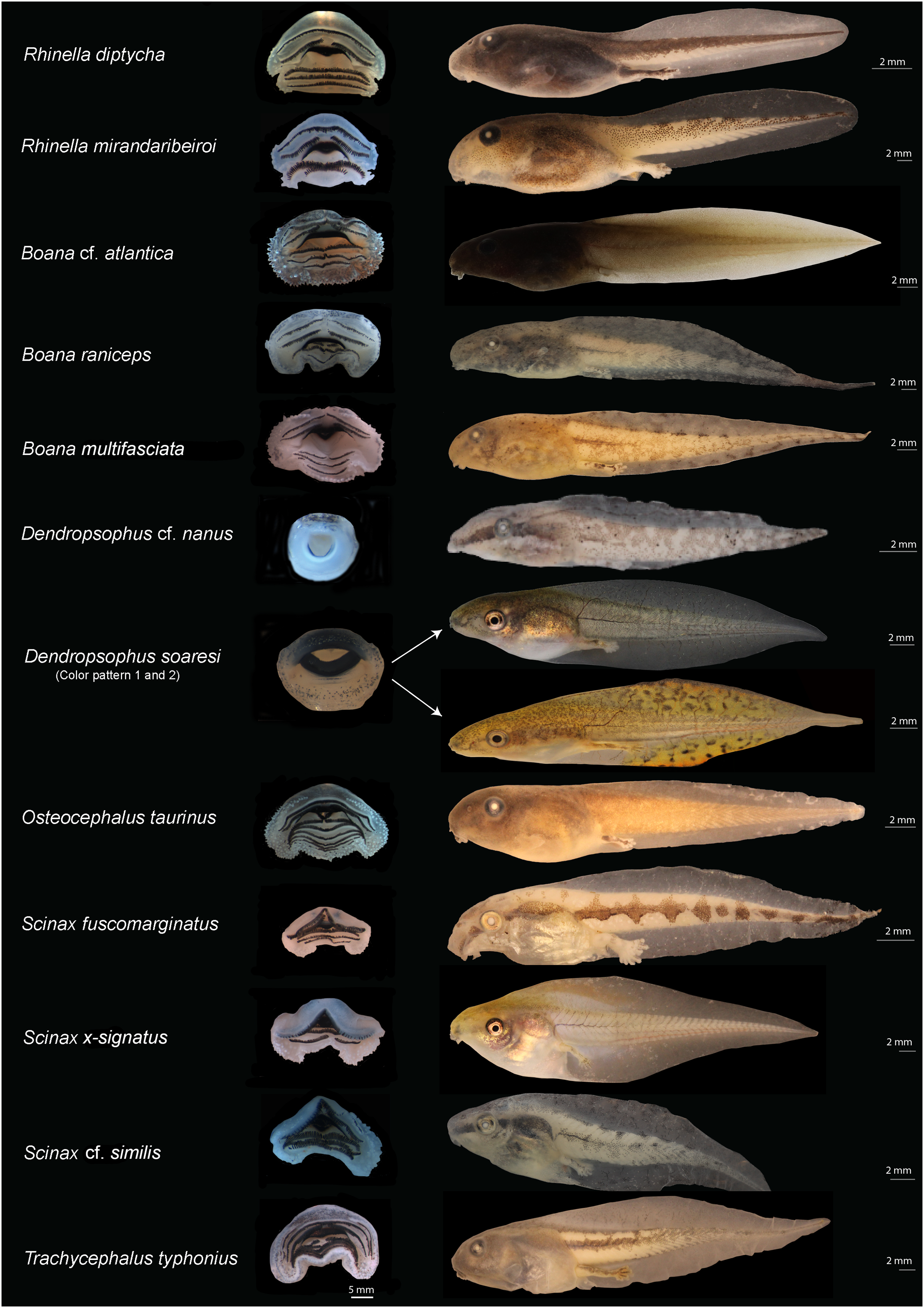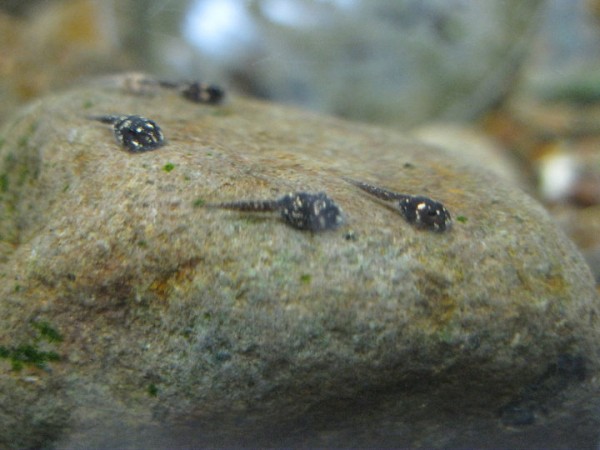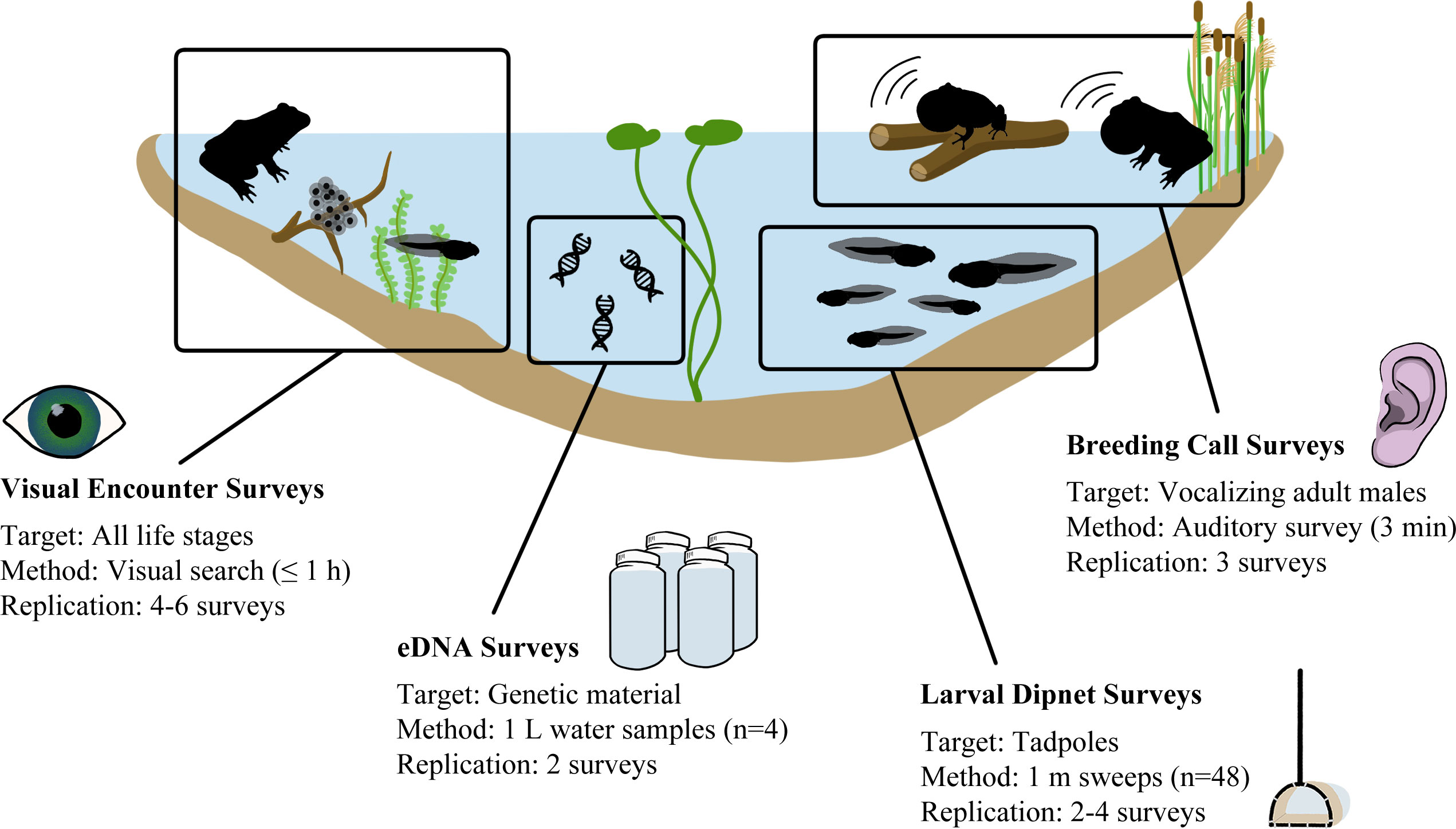By A Mystery Man Writer

Brazil stands out for presenting the highest amphibian anuran diversity in the world. However, taxonomic studies that address characteristic of larval stage of anurans are incipient, representing only 62% of known species. We assess the species diversity of tadpoles from eastern Maranhão state, mid-northern region of Brazil based on morphological and molecular identification (i.e., 16S rRNA gene fragment), and we also provide characteristics of the habitats occupied by each species. We carried out 30 field samplings during 13 months in 16 environments along an ecotonal area, over five cities inside the limits of state of Maranhão, between the Maranhão Babaçu Forest and Cerrado ecoregions. We searched for tadpoles in a variety of water bodies, and the tadpoles that reached the developmental stage between 34 to 40 Gosner were morphologically identified. The tadpoles collected herein represent 26 species belonging to five families. The external morphology enabled the identification of 24 species, while the molecular data recognized 22 unique evolutionary units. The most represented family was Hylidae (Hylinae 11 spp., Phyllomedusinae one spp.) followed by Leptodactylidae (Leptodactylinae seven spp., Leiuperinae three spp.), Microhylidae (Gastrophryninae two spp.), and Bufonidae (two spp.). Our results show that oral morphology was the most important character for identifying tadpoles based on morphology, and the specific 16S rRNA primer was suitable for molecular identification. This study pioneers the use of both morphological and molecular data to identify tadpoles in the state of Maranhão. It also provides, for the first-time, habitat characteristic for the species. Our study reveals a high number of anuran species sampled at the larval stage in the region, identifies species that require further taxonomic and systematic attention, and extends the geographic distribution of six species, three of which represent new occurrences for the state. Our results strengthen the hypothesis that the diversity of amphibians from Maranhão is underestimated and highlight the importance of herpetological inventories in poorly sampled areas, decentralizing the knowledge of biodiversity.

PDF] Description of the tadpole of Scinax auratus (Wied-Neuwied) (Anura, Hylidae)

Celebrating tadpole diversity Amphibian Rescue and Conservation Project

Genetic distances of Boana atlantica and Boana punctata using 500 bp of

Integrative species delimitation helps to find the hidden diversity of the leaf-litter frog Ischnocnema manezinho (Garcia, 1996) (Anura, Brachycephalidae), endemic to the southern Atlantic Forest [PeerJ]

Visible implant elastomer (VIE) success in early larval stages of a tropical amphibian species [PeerJ]

Global shortfalls of knowledge on anuran tadpoles

Frontiers Comparative efficacy of eDNA and conventional methods for monitoring wetland anuran communities

Dorsal and ventral views of the (A, B) male holotype INPA-H 42872 and

Frog and toad, Types, Habitat, Diet, & Characteristics

Location of UTE Parnaíba in the municipality of Santo Antônio dos

Left, dorsal, and ventral views of a tadpole of Epipedobates

PDF) Describing east malaysian tadpole diversity: Status and recommendations for standards and procedures associated with larval amphibian description and documentation